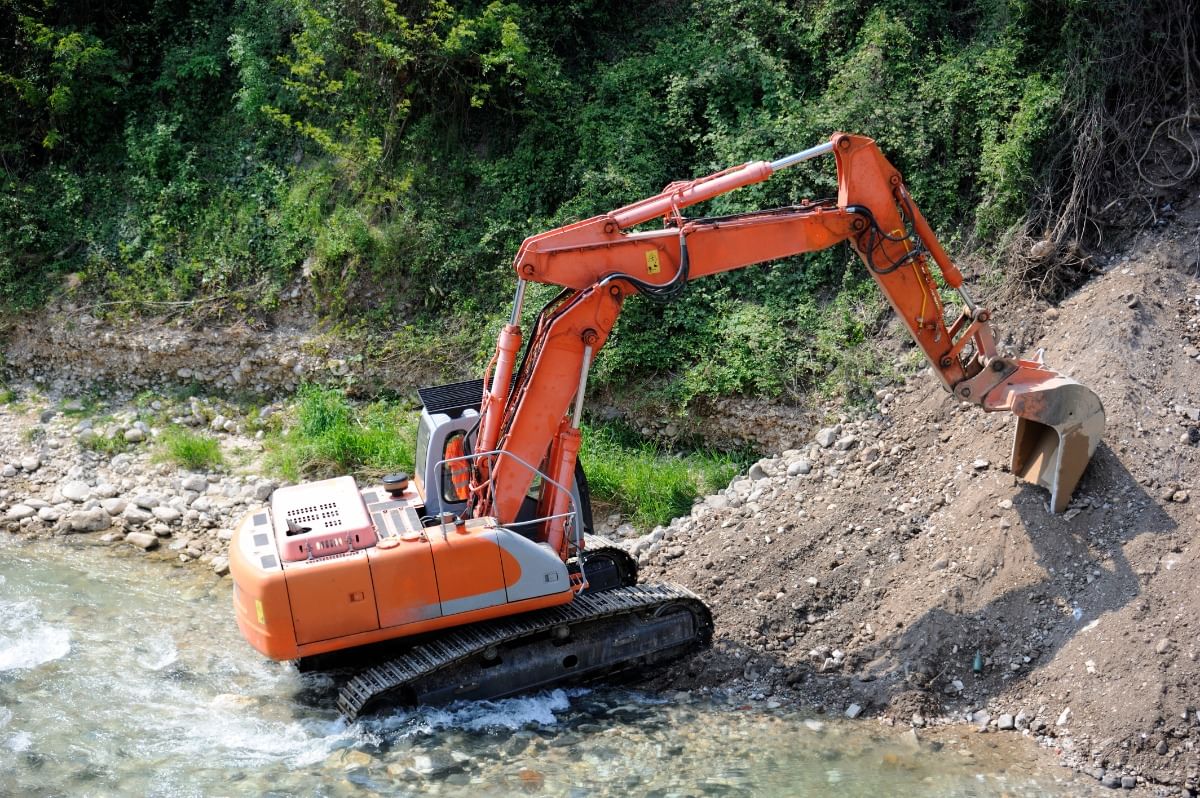
Navigating Wetland Terrains: A Field Guide for Crews and Project Managers
Working in a marsh, bog, or tidal flat feels different the moment your boots hit the ground, and the difference only grows once heavy iron rolls in. Navigating wetland terrains asks for equal parts planning, respect for the ecosystem, and the right machine. This guide shares practical strategies from the field to help you move safer, lighter, and faster with amphibious excavators from Wetland Equipment, so your team hits production goals without leaving a heavy footprint behind.
Why Wetlands Behave Differently
Wetlands store water, flex under load, and change character with weather and tide, which means yesterday’s firm route can turn into today’s sponge. Organic layers and fine sediments resist point loads yet shear suddenly when overstressed, so traction is less about raw torque and more about spreading weight and controlling momentum. Crews who treat wetlands like regular job sites tend to spin, rut, and stall, while teams who treat them as living systems keep moving.
What Makes Amphibious Excavators the Right Tool?
Amphibious excavators solve the first problem of wetlands by lowering ground pressure and floating through soft zones, which turns no-go areas into reliable work platforms. Oversized pontoons distribute load, high-flotation tracks bite without carving, and sealed torsion boxes resist water intrusion, so production continues across peat, muck, and shallow water. The result is access with fewer mats, fewer stuck recoveries, and less substrate disturbance.
The second advantage is reach in mixed conditions because amphibious carriers let you place the upper where it is safest while the boom and stick work where it is softest. That geometry protects the substrate, protects the machine, and protects your schedule since the operator is not gambling on every move. Wetland Equipment designs its undercarriages to maintain trim and stability under shifting loads, which keeps buckets accurate and operators confident.
Flotation, Traction, and Low Ground Pressure
Flotation keeps you on top, traction keeps you moving, and low ground pressure keeps regulators and landowners on your side. Amphibious tracks spread weight across wide belts and grousers, so each contact patch carries less load than a boot heel. That combination limits sinkage, reduces rut formation, and maintains grade, which is why production numbers look steady even after multiple passes on the same alignment.
How Do Soft Soils Change Your Plan?
Soft soils make sequencing matter more than speed because the order of travel controls how much you disturb the substrate. Crews do best when they establish a light, stable corridor first, then step work outward in short, predictable cycles. That approach shrinks turning radiuses, reduces counter-rotation, and lets operators place spoil where it adds bearing capacity rather than saps it.
Seasonal Water Levels Shape Access Routes
Seasonal highs and lows, rainfall events, and lunar tides shift the line between firm and floating, so the best route in March may be underwater by June. Productive teams verify water levels against recent data and walk alignments before committing iron, which prevents surprises at the halfway mark. Amphibious excavators give you a buffer because they tolerate depth changes that strand conventional carriers.
Can You Build Temporary Access Without Harm?
Temporary access can help when a crossing needs extra bearing, provided the solution respects hydrology and vegetation. Short geogrid runs, biodegradable mats, and spoil berms placed above root crowns can raise bearing capacity while allowing flow. Operators who place and remove these aids with the same amphibious machine shorten mobilization chains and keep the footprint tidy.
Thoughtful access is less about material and more about control, because the best mat becomes a rut if you pivot on it repeatedly. Crews that straight-line their passes, limit turns, and reverse out rather than spin reduce repair work and post-project remediation. Amphibious excavators keep the plan intact by staying stable while loading and unloading support materials.
Stability Starts With Proper Ballast and Weight Distribution
Stability comes from a level trim and a center of gravity that stays inside the pontoons’ footprint, even as you swing and dump. Correct ballast placement and a boom kept low while traveling make a noticeable difference in soft conditions. Wetland Equipment designs undercarriages to manage fore-aft trim under variable loads, which helps operators feel composed during long carries.
Do You Need Pontoons, Spuds, or Tracks for This Job?
Primary pontoons handle flotation, but spud kits change the game when precision is critical because they anchor the machine against current, wind, and swing forces. Crews dredging near sensitive banks or setting culverts in tidal creeks value the ability to pin in place, execute, and lift cleanly without drift. That stability raises accuracy and lowers rework.
Track selection also shapes results since different grouser profiles and widths change the balance between bite and flotation. Wider belts lower ground pressure for ultra-soft substrates, while certain grousers improve forward drive in fibrous peat. Wetland Equipment helps match track packages to substrate and task, so your setup reflects real ground rather than a spec sheet guess.

Transport and Mobilization Without Surprises
Mobilizing amphibious units goes smoothly when dimensions, weights, and route clearances are verified against seasonal water levels and local infrastructure. Staging near boat ramps, barge landings, or graded farm lanes shortens the first push into the marsh. Crews save hours when support fuel, service kits, and attachments arrive on the same schedule since wetlands are inconvenient places to wait for parts.
Operator Technique That Protects the Substrate
Good technique starts with shallow steering inputs, straight approaches, and short cycles that avoid overreaching onto unstable ground. Operators who keep the boom low, carry loads close, and avoid high-speed turns reduce sinkage and conserve bearing capacity for the next pass. Amphibious excavators reward patience because smooth inputs maintain flotation and keep the machine skimming rather than digging.
Attachment Choices That Increase Productivity
Attachment selection tailors the machine to the mission and substrate, which is why buckets with relief holes, weed rakes, and long-reach booms are common on wetland projects. Dredge pumps move soft sediments efficiently, while mulching heads help with invasive vegetation before excavation begins. Wetland Equipment pairs undercarriage capacity with hydraulic flow that supports these tools, so productivity stays high even in saturated conditions.
Corrosion, Biofouling, and Daily Maintenance
Water, silt, and organic acids punish neglect, so daily washdowns and inspections matter more in wetlands than on upland jobs. Cleaning track drives, checking seals, and greasing pivots prevents the slow creep of drag that steals power and fuel. Operators who log trim changes, weeps, or unusual vibration catch small issues before they become recoveries in thigh-deep mud.
Safety in Waterlogged Work Zones
Safety improves when crews plan for slow footing, cold water, and shifting banks, then rehearse responses as if they expect them. Personal flotation devices, throw ropes, and clear hand signals create a margin when radio calls fail or weather changes quickly. Amphibious platforms remove many hazards by floating through surprise sinkholes and standing water, which keeps people near the machine and out of risky wades.
Environmental Stewardship Is Good Business
Protecting wetlands pays back in approvals, community trust, and lower restoration costs, which directly supports the bottom line. Amphibious excavators reduce mat requirements and rutting, which limits turbidity and preserves vegetation. Crews who set containment for fines, schedule work outside sensitive seasons, and document their care demonstrate that production and preservation can align.
How Do You Estimate Productivity in a Marsh?
Estimating in wetlands works best when you price mobility first, then cycles, because moving safely to the work often takes longer than the work itself. Productivity modeling that accounts for ground pressure, expected sinkage, and cycle distances yields a realistic plan. Amphibious machines tighten that variance since they suffer fewer stalls and recoveries, which makes bid numbers less volatile.
Data, Drones, and GPS Improve Decisions
Modern wetland crews map routes with drones, mark depth changes with sonar where appropriate, and steer by GPS to avoid sensitive pockets. Those tools turn intuition into data, which helps operators maintain consistent trims and repeatable paths. Amphibious excavators complement the approach by providing stable, predictable platforms for survey verification during the work.
Field-Proven Use Cases That Show What Works
Dredging projects benefit from amphibious reach because the machine can perch on shallow shelves while the tool works deeper, which reduces barge dependence and keeps turbidity controlled. Crews often finish closer to shorelines without scarring banks because the undercarriage distributes load gently along the edge.
Pipeline and utility work gains from reliable access to wetlands that would otherwise demand long timber mat runs, which consume time and budget. Amphibious carriers let crews trench, set, and backfill while staying within planned corridors, which shrinks restoration scopes and inspection punch lists.
Habitat restoration tasks, such as invasive removal or water control structure maintenance, often occur in the softest corners of a site. Amphibious excavators reach those pockets without crushing emergent plants, which preserves habitat quality while improving hydrology. That balance is the difference between a project that merely finishes and a project that succeeds ecologically.
What Sets Wetland Equipment Apart
Wetland Equipment builds amphibious undercarriages that balance flotation, durability, and serviceability, which means fewer surprises once you leave the gravel. Robust pontoons, thoughtful access to wear points, and spud options that drop quickly let operators adapt faster as conditions change. The engineering focus stays on real-world uptime rather than brochure numbers, so crews see the benefit where it counts.
Support matters just as much as steel, so Wetland Equipment backs its machines with guidance on track selection, spud configuration, and attachment pairing. That support shortens the learning curve for new teams and helps veteran operators squeeze more production from familiar ground. The result is a setup that reflects your site, your tasks, and your schedule.
Navigate Your Next Project with Skill
Wetland work rewards teams who respect the ground, choose the right platform, and execute with purpose, which is exactly where amphibious excavators from Wetland Equipment shine. If you want stable access, steady cycles, and less remediation at the end, align your plan around flotation, low ground pressure, and precise control. Your crew will move cleaner and faster, your site will look better on the walkout, and your project will deliver the results you promised.
